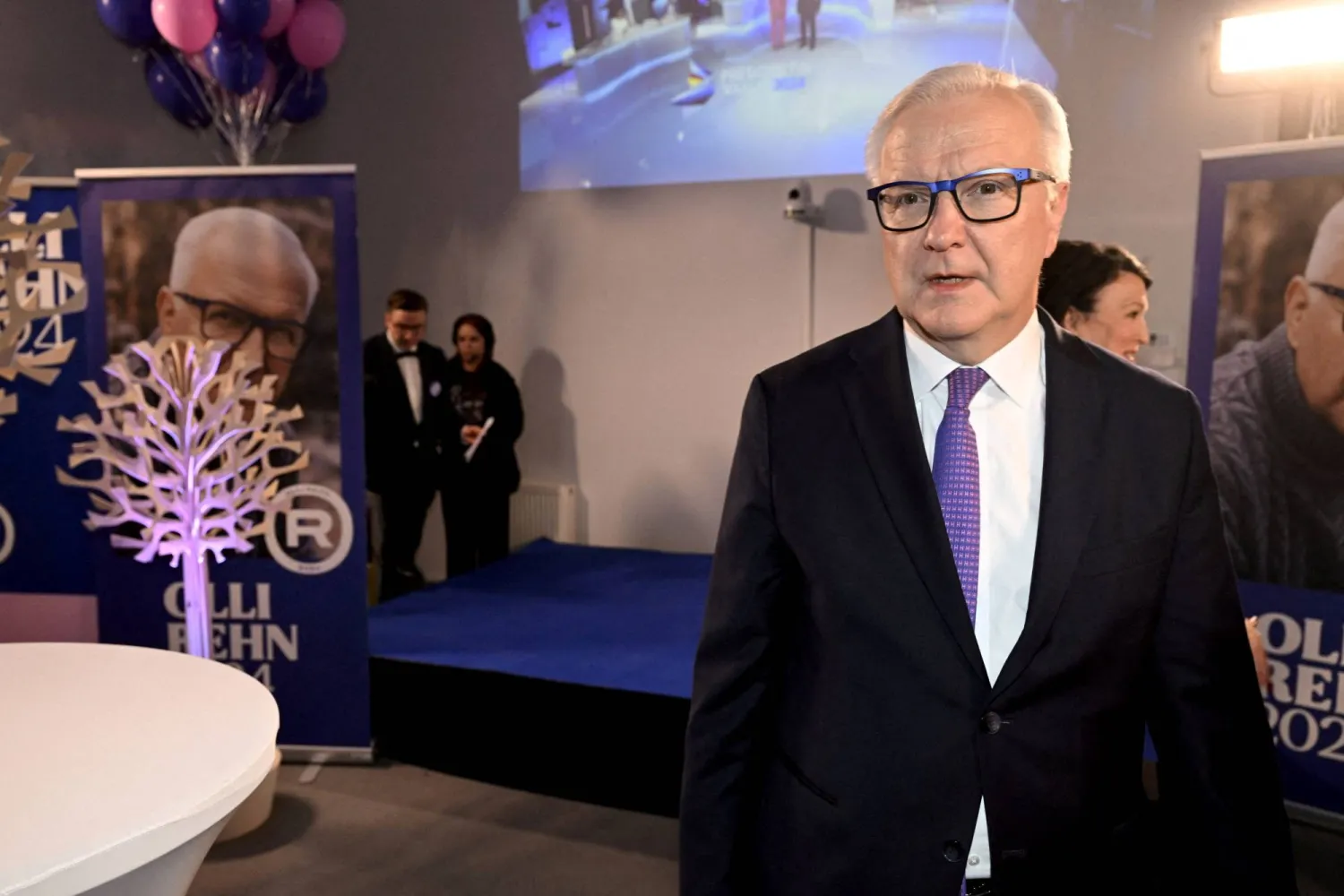The increasing participation of women in Saudi Arabia’s workforce is expected to boost the country’s economy by $39 billion, or 3.5%, by 2032, if the current rate of growth continues, according to S&P Global Ratings.
The agency noted in a report that labor market reforms had led to a rise in female workforce participation in the Kingdom to approximately 36 % in 2022, compared to 19 % in 2016.
“We calculate that increases in overall participation rate of just 1 percentage point per year (ppt) over the next 10 years would boost the country’s annual real GDP [gross domestic product] growth by an average of 0.3 ppt, to 2.4% per annum (versus 2.1%), assuming that labor force productivity growth for the next 10 years will look the same as the last 20 years,” S&P research analysts said in the report.
The increase in female representation in the labor force was spurred by expanding childcare and transport services, which added to new job opportunities in developing sectors such as tourism, leading to more women joining the labor market.
The agency also attributed the increase in women’s workforce participation to a higher level of education, in addition to several measures taken by the Saudi government.
Other measures introduced by Saudi Arabia to reduce the impediments to women joining the labor force include allowing them to drive, increasing remote and hybrid work arrangements, dropping the need for a male guardian to consent to a woman starting a business, and increasing the number of female jobs in the military, S&P said.
The report added that the key to economic growth in the Kingdom over the next decade lies in improving workforce productivity.
In order to replicate the success seen in East Asia, the Kingdom must work on enhancing workforce productivity through increased capital investment and human capital, said S&P.
The agency also noted that if policy reforms under Vision 2030 are successful, sustainable growth rates of 4-5% could be achieved, compared to the historical productivity-based growth rates of 2-3%.









